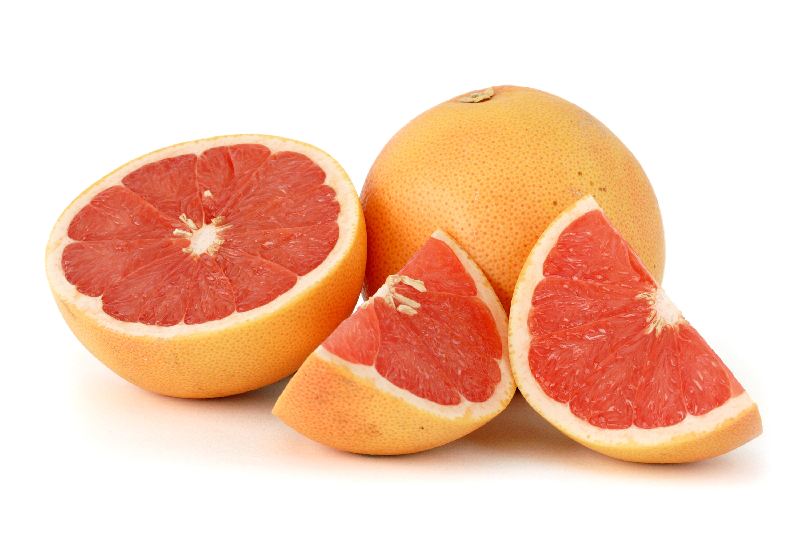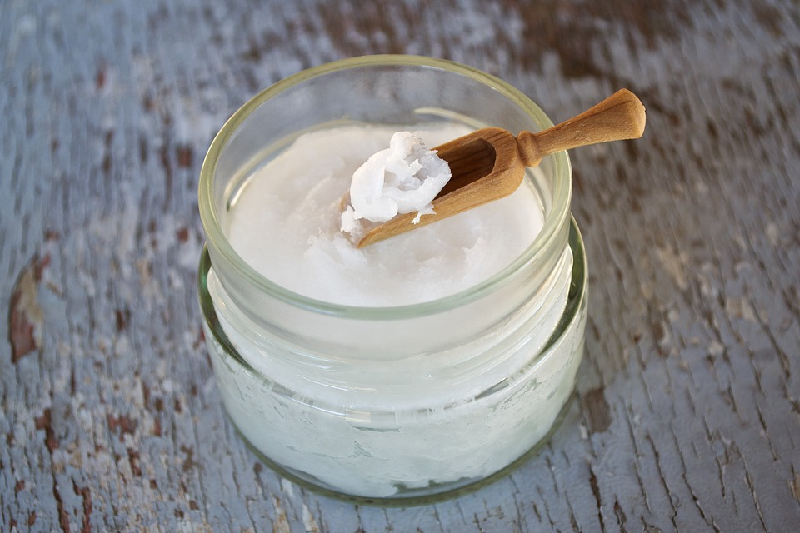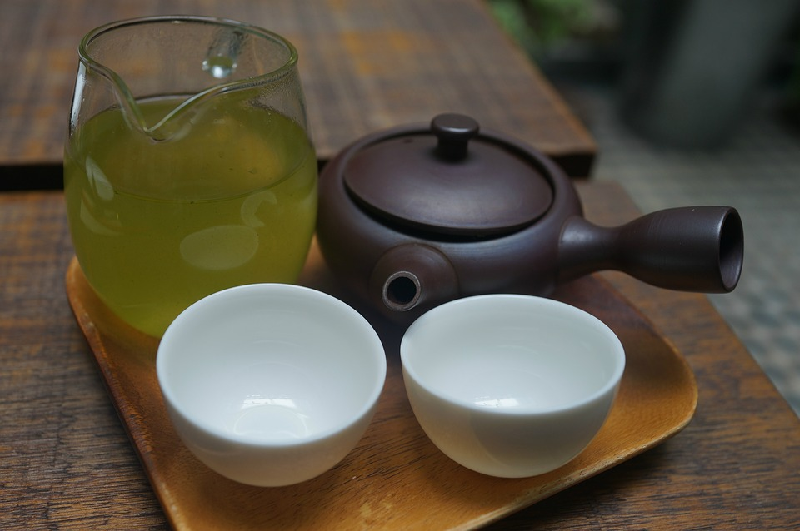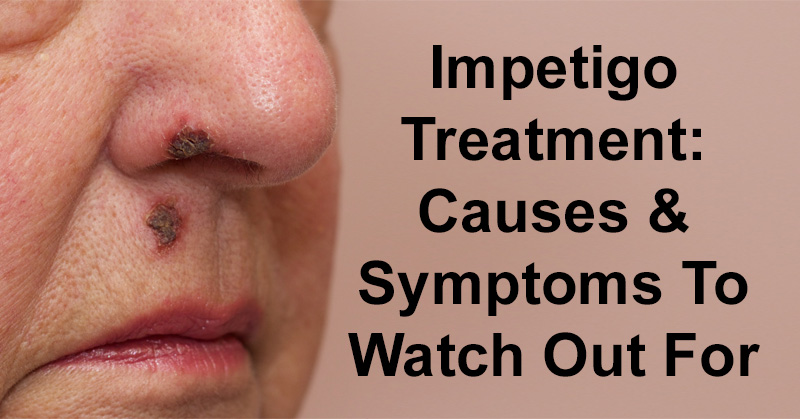Impetigo, a bacterial skin infection, can appear anywhere on the body. Impetigo causes red sores that can break open, ooze fluid, and develop a yellowish-brown crust. And impetigo causes, at times, itchiness, although the sores are typically not painful. Impetigo symptoms will also include an increase in size and number of the sores. However, there are a number of impetigo treatment methods. Conventional impetigo treatment involves use of antibiotic cream. However, depending on the severity of impetigo symptoms, a doctor may prescribe an antibiotic pill. There are also a number of home remedies that serve well as impetigo treatment methods. (1) Turmeric and ginger, for example, both have antibacterial agents, and so are useful in an impetigo treatment plan. For more information on managing impetigo symptoms with natural impetigo treatment methods, read below.
Symptoms of Impetigo
You or someone you know may have impetigo if you see sores that:
- Start as small red spots, then change to blisters that eventually break open. While the sores are typically not painful, they may be itchy.
- Ooze fluid and appear crusty.
- Increase in size and number. Sores might be as small as a pimple. However, they can also be larger than a coin.
Causes of Impetigo
There are two types of bacteria-strep that cause impetigo. One is streptococcus, and the other staphylococcus.
In a lot of cases, these bacteria enter the body when the skin has already been irritated or injured because of other skin problems. Examples of these problems include eczema, poison ivy, insect bites, burns, or cuts. Children may get impetigo after they have had a cold or allergies, as these conditions can make skin under the nose raw. However, impetigo can also develop in skin that is completely healthy. (2)
1. Grapefruit Seed Extract

Grapefruit seed extract is good for fighting candida as well as fungal infections. Additionally, grapefruit seed extract is beneficial in fighting staphylococcus aureus, or MRSA. This is one of the bacteria that causes impetigo. Furthermore, a 2004 study found a combination of grapefruit seed extract and geranium oil showed the “greatest anti-bacterial effects against MRSA.” (3)
2. Ginger

Ginger can help speed healing during an impetigo infection. This is because ginger can reduce inflammation, boost immune system function, and fight bacteria. (4) You can add ginger to your diet by putting it in smoothies or into salad dressings. For a kid-friendly recipe, try making an orange carrot ginger juice. Incorporate ginger into your diet by adding to smoothies and salad dressings or drinking a kid-friendly orange carrot ginger juice.
3. Apple Cider Vinegar
Apple cider vinegar can detoxify the body, balance blood sugar, and treat skin conditions. (5) Dab pure apple cider vinegar on impetigo blisters and lesions to fight the bacteria and soothe inflammation.
4. Turmeric
One study demonstrates the powerful antibacterial activity of curcumin against staphylococcus aureus. However, researchers agree that further investigation is needed in order to fully understand the action of curcumin. This includes how to best harness it. (6)
If you want to try turmeric to treat impetigo, mix 1 teaspoon ground turmeric with 1 tablespoon of coconut oil. Then, dab onto affected areas. Be sure to cover the area with a non-stick bandage, since turmeric will stain clothing. Rinse the mixture from your skin every day and reapply until healed.
5. Coconut Oil

Coconut oil contains lauric acid, which works as a barrier against bacteria. Furthermore, coconut oil aids in the detoxification of the body. Try combining it with tea tree oil for a topical treatment. (7)
Coconut oil also works great internally to boost your immune system and fight inflammation. During an impetigo outbreak, find ways to incorporate more coconut oil into your diet. Instead of butter, use coconut oil on your toast and popcorn.
6. Manuka Honey
Another one of the great home remedies for impetigo is manuka honey. Since this is a potent antifungal, antiviral, and antibacterial substance, it can be extremely helpful in treating impetigo.
One study found that cell division was interrupted when cells with MRSA were exposed to Manuka honey. This led researchers to believe that the honey slowed the general growth of MRSA. (8)
7. Goldenseal
While fighting impetigo, goldenseal can be extremely beneficial. For example, internally, it helps to boost immune system response. And externally, it can fight bacteria that causes infections.
In fact, researchers found that the use of Goldenseal to treat skin infections is justified. (9) It seems that goldenseal acts against MRSA, which is one of the bacteria that causes impetigo.
For external use, make a strong tea solution. When it’s cool, dab over the lesions.
8. Green Tea

Green tea can inhibit and kill a wide range of bacteria. (10) Drink the tea or try new recipes with it, such as a green tea soup.
9. Tea Tree Oil
The many health benefits of tea tree oil are widely accepted. It’s been proven to be effective in treating a wealth of skin conditions.
In fact, in a small study, researchers found that 5% tea tree oil extract was as effective as prescription antibiotic treatments in treating MRSA and streptococcus. (11) Study participants treated affected areas 3 to 4 times daily throughout the trial.


